Pet Grooming Tips: Essential Care for a Healthy Pet
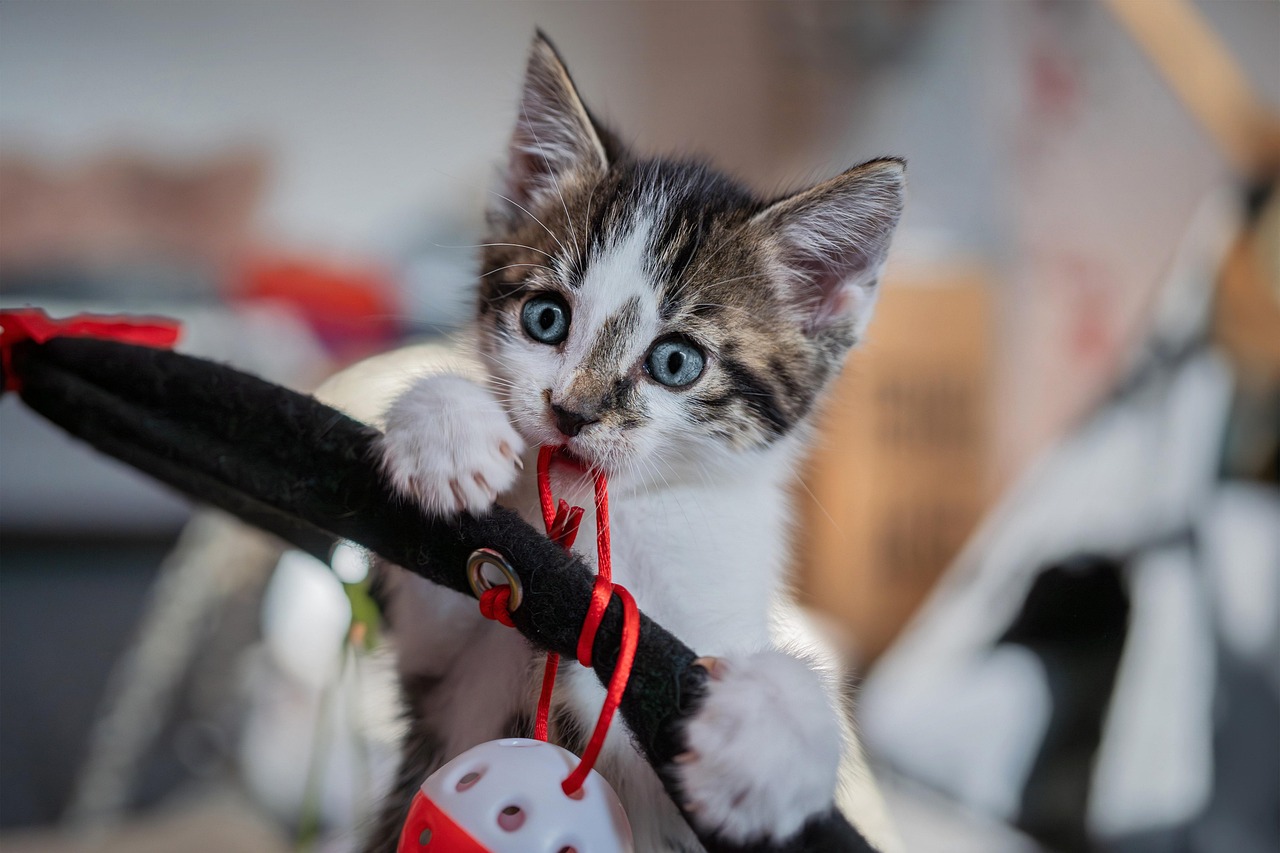
The responsibility of pet owners is to groom their pets. Yet grooming is often overlooked. Grooming is not just about making your pet look nice—it plays a significant role in maintaining their health and well-being. No matter what kind of pet you have, such as a dog, cat, rabbit, or even a guinea pig, grooming is an important component of pet care.
Proper pet grooming can prevent various health issues, such as skin infections, ear infections, dental problems, and even anxiety or stress caused by mats, tangles, or discomfort. This article will cover pet grooming tips to ensure your furry friends stay clean, comfortable, and healthy. We’ll go beyond the basics to give you expert-level advice on grooming techniques, recommended tools, and common grooming mistakes to avoid.
So, let’s explore the world of pet grooming and how to give your pet the care it deserves.
Why Is Pet Grooming Important?
There is much more to grooming than just keeping your pet looking good. It’s an essential part of their overall health and happiness. Here’s why grooming is so crucial:
- Prevention of Skin Conditions: Regular grooming removes dirt, dust, and dead skin cells that can lead to skin irritations, infections, or allergies.
- Maintaining a Healthy Coat: Brushing helps keep your pet’s fur shiny and healthy while preventing matting, tangling, and shedding.
- Early Detection of Health Issues: Grooming allows you to check for potential health problems, such as bumps, lumps, cuts, or parasites like fleas and ticks.
- Improved Circulation and Skin Health: Brushing stimulates blood flow to the skin, promoting healthy hair growth and reducing the chance of mats forming.
- Enhanced Comfort and Hygiene: Grooming also keeps your pet comfortable by trimming its nails, cleaning its ears, and removing debris from its coat.
With these benefits in mind, let’s explore the best pet grooming tips to keep your pets happy, healthy, and well-groomed.
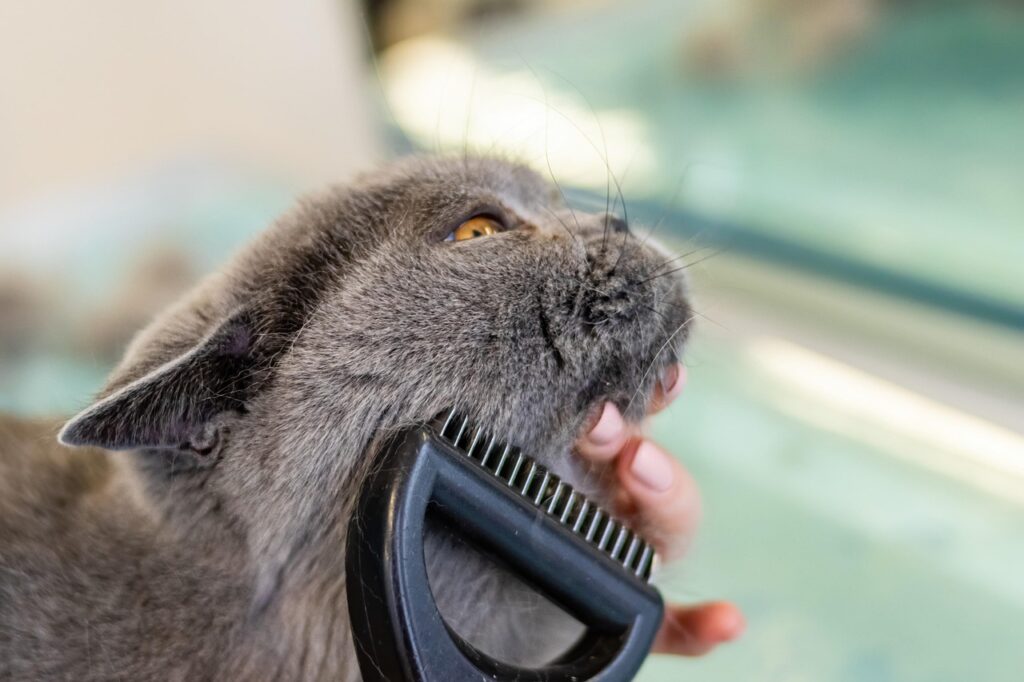
Grooming Your Dog: Key Tips and Techniques
1. Brushing Your Dog’s Coat
Brushing your dog’s coat is one of the most important pet grooming tips to keep your furry friend healthy and looking great. Regular brushing helps remove loose fur, tangles, and mats that can cause discomfort or lead to skin issues. It also stimulates the skin and distributes natural oils, which are essential for a shiny, well-moisturized coat. One of the key pet grooming tips is to choose the right brush based on your dog’s coat type. For example, slicker brushes are ideal for long or curly hair, while bristle brushes work better for short-haired breeds. By following proper pet grooming tips, you can also spot early signs of skin problems, fleas, or ticks. Brushing is more than just a beauty routine—it’s a health check and a bonding moment. Consistent grooming keeps your pet comfortable, reduces shedding, and ensures they always look their best.
Types of Dog Brushes:
- Slicker Brushes are ideal for long-haired breeds and dogs with dense coats. They effectively remove mats, tangles, and loose fur.
- Bristle Brushes: Best suited for short-haired breeds to remove loose fur and smooth the coat.
- Pin Brushes: Gentle on curly or wavy coats and great for detangling.
- Undercoat Rakes: These specialized brushes are excellent for double-coated dogs (like Huskies or Golden Retrievers) to remove undercoat fur and prevent matting.
Brushing Frequency:
- Long-haired dogs: Brushing should be done daily to prevent mats and tangles.
- Short-haired dogs: Once or twice a week is enough to keep their coat looking good and remove excess hair.
- Double-coated dogs: Brush 3-4 times a week to remove the thick undercoat.
Additional Tips:
- Always brush in the direction of hair growth, and be gentle to avoid irritating the skin.
- If your dog has tangles or mats, use a detangling spray to make brushing easier and more comfortable.
2. Bathing Your Dog
Bathing your dog is essential to pet grooming, but it’s important not to overdo it. Frequent bathing can strip your dog’s skin of essential oils, leading to dryness and irritation.
When to Bathe Your Dog:
- Typically, once every 4-6 weeks for most dogs.
- More frequently for dogs that have skin conditions or if they get dirty (e.g., after outdoor play).
Bathing Tips:
- Use a dog-specific shampoo designed for their skin type. Human shampoos are too harsh and can cause dryness and irritation.
- Lukewarm water is best for bathing your dog. Avoid using hot or cold water, as it can be uncomfortable.
- Be sure to thoroughly rinse the shampoo to avoid irritation and dryness caused by soap residue.
3. Nail Trimming
Trimming your dog’s nails is one of the most important grooming tasks. Long nails can cause pain and discomfort and even lead to joint issues. Overgrown nails can also cause your dog to walk awkwardly, putting unnecessary strain on their joints.
How to Trim Your Dog’s Nails:
- Use proper dog nail clippers or a nail grinder to trim the nails. Be sure to trim only the tip of the nail.
- Be cautious: The quick is the sensitive part inside the nail. Trimming too far can cause bleeding and pain.
- Trim gradually: If your dog’s nails are long, trim a little at a time to avoid cutting too deeply.
- How often: Generally, you should trim your dog’s nails every 2-4 weeks, but this can vary depending on your dog’s activity level and how quickly their nails grow.
4. Ear Cleaning
Dogs with floppy ears or those that swim frequently are more prone to ear infections. Regular cleaning helps prevent wax buildup and the development of infections.
How to Clean Your Dog’s Ears:
- Use a dog-safe ear cleaner and a soft cotton ball to gently clean the inside of the ear.
- Avoid using cotton swabs, which can push debris further into the ear canal.
- Frequency: Clean your dog’s ears every 1-2 weeks or more often if they are prone to ear infections.
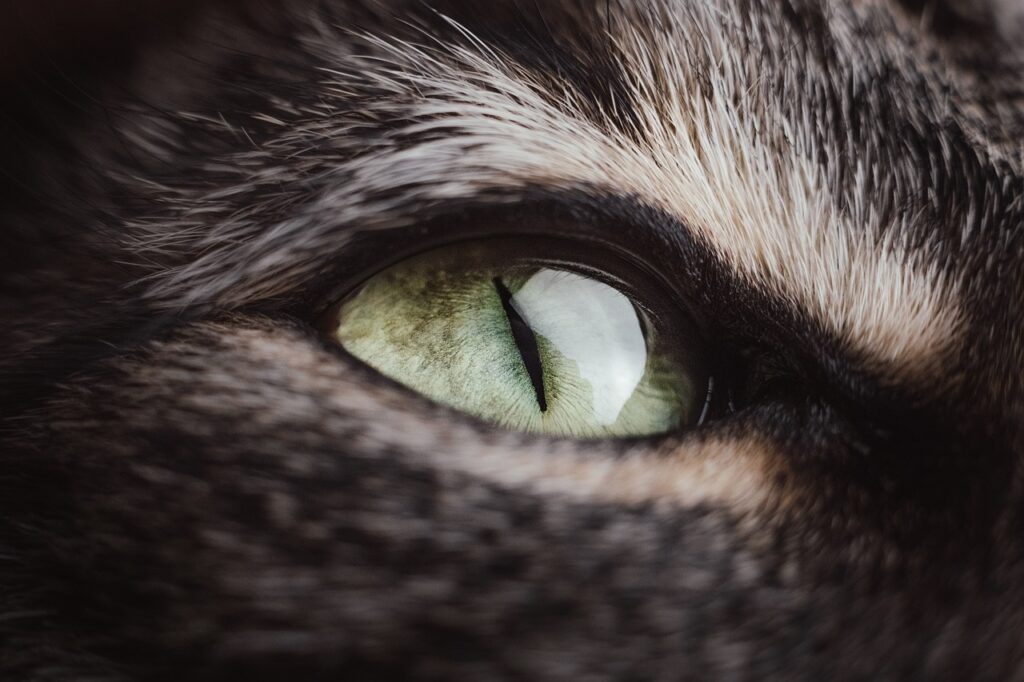
Grooming Your Cat: Best Practices
While cats are generally self-grooming, they still need regular care. Long-haired cats, in particular, benefit from regular brushing to prevent mats and tangles.
1. Brushing Your Cat’s Coat
Cats groom themselves but may need a little help, especially long-haired breeds. Regular brushing reduces shedding and helps prevent hairballs.
Types of Brushes for Cats:
- Slicker Brushes: Perfect for long-haired cats to remove tangles and mats.
- Bristle Brushes: Ideal for short-haired cats to keep the coat smooth and shiny.
- Deshedding Tools: Great for cats that shed heavily, like Siamese or Domestic Shorthairs.
How Often to Brush:
- Long-haired cats: Brush daily to prevent mats and tangles.
- Short-haired cats: Once a week is usually sufficient to reduce shedding and hairballs.
2. Nail Trimming for Cats
Cats’ nails need trimming to prevent them from becoming too long and causing discomfort. Regular nail trimming also prevents damage to furniture and skin from scratching.
How to Trim Your Cat’s Nails:
- Use cat-specific nail clippers to trim the nails.
- Be careful not to cut too close to the quick, as this can cause bleeding.
- Trim the sharp tips and only a little at a time. If your cat’s nails are dark, it can be harder to see them quickly, so proceed cautiously.
- Frequency: Trim your cat’s nails every 2-3 weeks or more often if you notice they are getting too long.
3. Ear Cleaning
Ear cleaning is essential for cats, especially if they are prone to ear infections. Cats with long ears or frequently getting dirty may require more attention.
How to Clean Your Cat’s Ears:
- Use cat-specific ear cleaner and a soft cotton ball to gently wipe the ear.
- Avoid using cotton swabs, which can cause injury or push debris deeper into the ear canal.
- Frequency: Clean your cat’s ears every 1-2 weeks or more often if necessary.
4. Bathing Your Cat
Cats are generally great self-groomers, but there are situations when a bath might be necessary.
When to Bathe Your Cat:
- When they are very dirty (e.g., covered in mud or getting into something sticky).
- For skin conditions or allergies that require medicated baths.
- Use cat-safe shampoo and warm water to bathe your cat. Be gentle, and don’t force your cat into the water.
Grooming Small Animals: Rabbits, Guinea Pigs, and Other Pets
Rabbits, guinea pigs, and other small pets require grooming to keep their fur healthy and clean.
1. Brushing Small Animals
Small pets with long fur need daily brushing, while short-haired animals benefit from weekly brushing.
- Rabbits: Long-haired rabbits need daily grooming, while short-haired rabbits should be brushed once a week.
- Guinea Pigs: Long-haired guinea pigs require daily brushing to prevent mats, while short-haired guinea pigs can be brushed once a week.
- Hamsters and Gerbils: These pets generally don’t need brushing but should be kept clean and dry.
2. Nail Trimming for Small Animals
Just like larger pets, small animals need their nails trimmed regularly.
- Rabbits and Guinea Pigs: Trim their nails every 3-4 weeks using small animal nail clippers.
- Hamsters and Gerbils: Nail trimming is generally not necessary unless you notice their nails are growing too long.
3. Ear and Bathing Care for Small Animals
Most small animals don’t need ear cleaning or bathing unless they have a medical issue. Use gentle, small, animal-safe products to keep them clean if necessary.
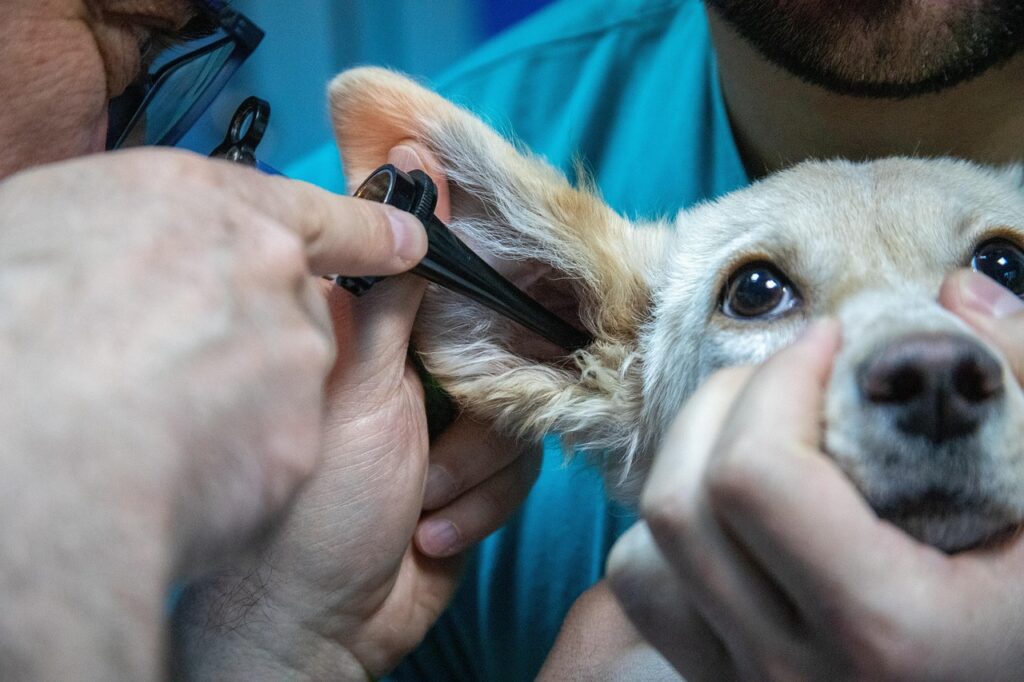
Conclusion
Following these Pet Grooming Tips can ensure your pet’s health, happiness, and overall well-being. Whether you have a dog, cat, or small animal, regular Pet Grooming Tips will help keep them clean and reduce the risk of skin infections, nail problems, and ear issues.
Incorporating consistent Pet Grooming Tips into your routine also strengthens the bond you share with your furry companion. It’s a chance to show love while also checking for any early signs of health concerns.
Always choose the right tools for your pet’s coat type, follow a routine, and adapt your Pet Grooming Tips to meet your pet’s individual needs. With the right approach, your pet will stay clean, happy, and looking their best every day.
FAQs
1. How often should I bathe my dog or cat?
As part of your regular Pet Grooming Tips, bathing frequency depends on the breed and lifestyle. Dogs typically need a bath every 4–6 weeks, while cats only require it when absolutely necessary.
2. Can I trim my pet’s nails myself?
Yes, with proper Pet Grooming Tips, nail trimming can be done at home using pet-safe clippers. If unsure, ask your vet to demonstrate safe techniques.
3. How do I prevent my pet from getting mats in their fur?
One of the most effective Pet Grooming Tips is daily brushing, especially for long-haired pets, to prevent painful mats and tangles.
4. My pet doesn’t like grooming; what should I do?
Try gradual, reward-based Pet Grooming Tips like using treats, gentle handling, and short sessions to help your pet get used to the grooming process over time.

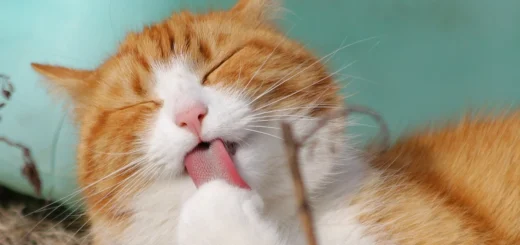




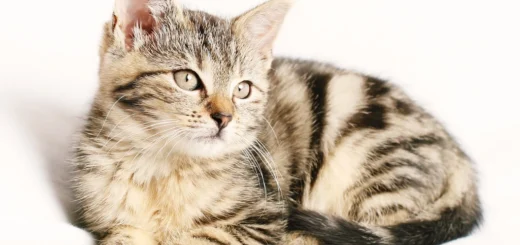










Recent Comments